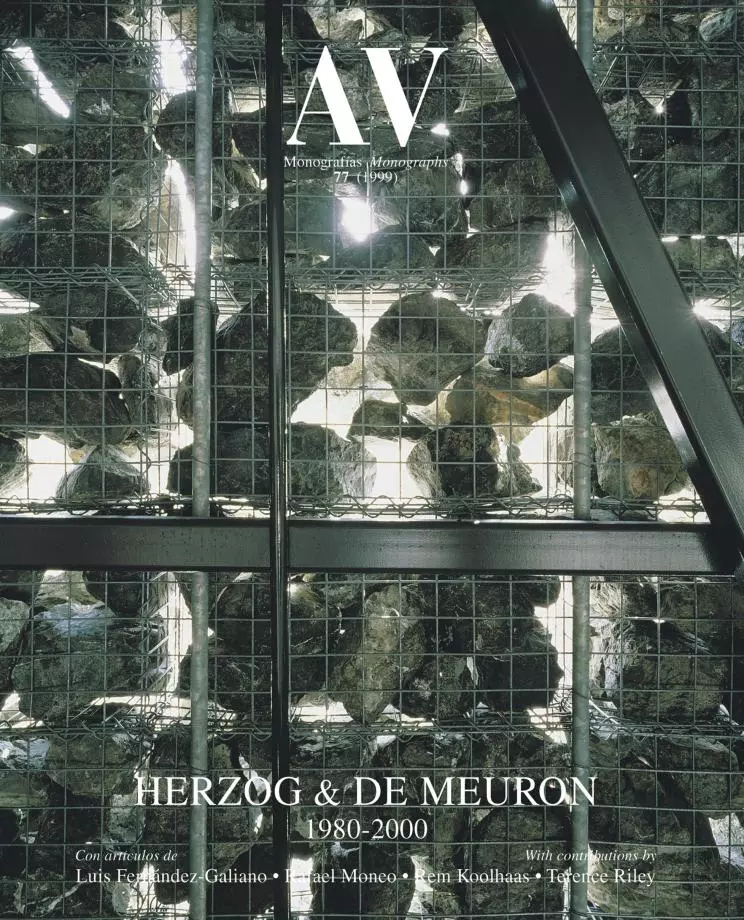
The work of the Basel architects Jacques Herzog and Pierre de Meuron is one of the more important of this century’s end. After two decades, their track record has few equivalents in Europe or the world: some 150 projects, with the result of twenty or thirty astonishing buildings, and at least two absolute masterpieces, the signal box for the Swiss railways and the Dominus winery. The pragmatic efficiency of their floor plans, the visual refinement of their facades, and their frequent collaboration with artists have codified an image of the work as architecturally conservative and artistically innovative. But branding the oeuvre as ornamented minimalism is a reductive convention that distorts their intentions and their achievements.
Behind the functional and constructional plausibility of H&deM’s buildings is an intellectual framework that enables a sensible dialogue with clients, to reconcile the interests of urban and economic actors without narcissistic dogmatism. And behind the impeccable elegance of the claddings there is not only a trained eye and a steady hand, but a devastating pulse that strives to surface with contained violence: the emotional impact of their material constructions lies in this very tension. I have traced the work of the partners from Berlin to San Francisco and from England to France, and discussed it with them in Harvard and Basel, London and Madrid – mostly with Jacques Herzog, but also with Pierre de Meuron and Harry Gugger. This monograph is the result of these dialogues.
In early drafts of the issue we established two vintage years, inspired by the wine connoisseurship of the architects, that served as caesuras between periods: 1989, when the signal box and the Goetz collection were designed, and 1998, when their projects acquired a new geometric freedom. The former year, also a time of significant exhibitions and publications, separated the slow eighties, which saw no more than four or five projects a year, from the more prolific nineties, when the rhythm of projects sped up to one per month; and the latter date opened the panorama of the forthcoming century. But this fracture seemed contrived, so we finally opted for a simple division into two decades, with ten works selected for each ten-year period, followed by an appendix of recent projects.
A critical assessment is not complete without the architects’ own reflections, which are woven into the texts that accompany the works and the introductory articles. Their debt to Rossi or Beuys and the reading of their facades in Semperian terms are commonplaces we cannot help repeat, but their work has also been related here to an illustrious citizen of Basel, the philosopher Friedrich Nietzsche, and this Dionysian interpretation is probably less common. The texts occasionally cite Herzog alone when actually referring to the studio as a whole, but his energy is so unavoidable that the metonymy seems forgivable; but Herzog needs De Meuron as uranium cores of reactors need graphite bars, or the way needed Franz Overbeck. H&deM is not a brand, but a fraternal symbiosis...





